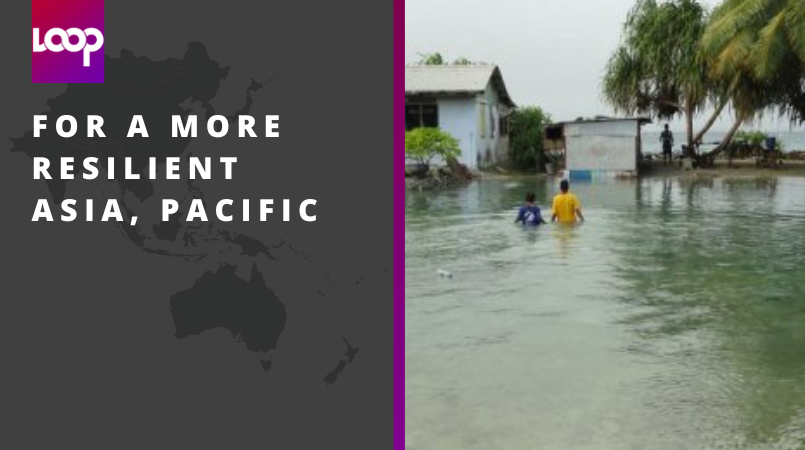
The world faces a disaster emergency, yet nowhere is the threat more immediate than in Asia and the Pacific.
Under-Secretary-General of the UN and Executive Secretary of the Economic and Social Commission for Asia and the Pacific (ESCAP), Armida Salsiah Alisjahbana, says ours is a region where climate change-induced disasters are becoming more frequent and intense.
“Since 1970, two million people have lost their lives to disasters. Tragically, but all too predictably, the poorest in the least developed countries are worst affected. They will find themselves in the eye of the storm as temperatures rise, new disaster hotspots appear and existing risks increase.
“Unless we fundamentally change our approach to building resilience to disaster risk, temperature rises of 1.5°C or 2°C will make adaptation to the threat of disasters unfeasible. Disaster risk could soon outpace resilience in Asia and the Pacific.
“To avoid this exponential growth of disaster risk, there is a narrow window of opportunity to increase resilience and protect hard-won development gains. To seize it, bold decisions are needed to deliver transformative adaption. They can no longer be postponed.
“This week, countries meeting during our Committee on Disaster Risk Reduction will consider key questions such as prioritising greater investment in early warning systems.
“Expanding coverage in least developed countries is the most effective way to reduce the number of people killed.
“Nature-based solutions should be at the heart of adaptation strategies. They support the sustainable management, protection and restoration of degraded environments while reducing disaster risk.
“Yet to make this happen, disaster risk financing needs to be dramatically increased and financing mechanisms scaled up. In a constrained fiscal context, we must remember that investments made upstream are far more cost-effective than spending after a disaster.
“The current level of adaptation finance falls well short of the $144.74 billion (K516bn) needed for transformative adaptation.
“We must tap innovative financing mechanisms to close the gap. Thematic bonds, debt for adaptation and ecosystem adaptation finance can help attract private investment, reduce risk and create new markets. These instruments should complement official development assistance, while digital technologies improve the efficiency, transparency and accessibility of adaptation financing.
“Now is the time to work together, to build on innovation and scientific breakthroughs to accelerate transformative adaptation across the region. A regional strategy that supports early warnings for all is needed to strengthen cooperation through the well-established United Nations mechanisms and in partnership with subregional intergovernmental organisations.
“At ESCAP, we stand ready to support this process every step of the way because sharing best practices and pooling resources can improve our region’s collective resilience and response to climate-related hazards.
“The 2030 Agenda for Sustainable Development can only be achieved if we ensure disaster resilience is never outpaced by disaster risk. Let us seize the moment and protect our future in Asia and the Pacific.”
